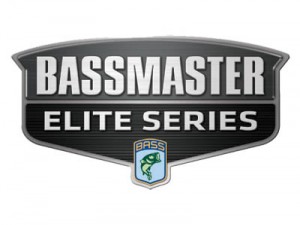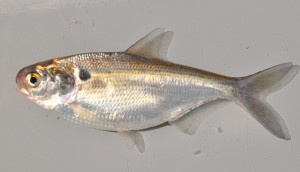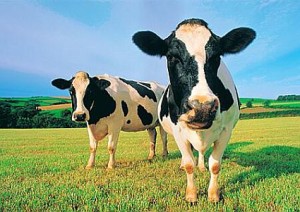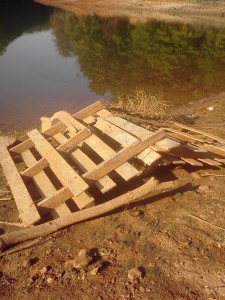 February 24-26 will see the most prestigious bass fishing tournament in the world head to Louisiana.
February 24-26 will see the most prestigious bass fishing tournament in the world head to Louisiana.
The Red River will host 49 elite anglers who will all be gunning for the sport’s largest prize. Three days of fishing, with the winner walking away with the title of Classic Champion, and a huge payday.
We are going to give you a preview of the Bassmaster Classic—from the water to the anglers—and then offer a few predictions as well. [Read more…]



